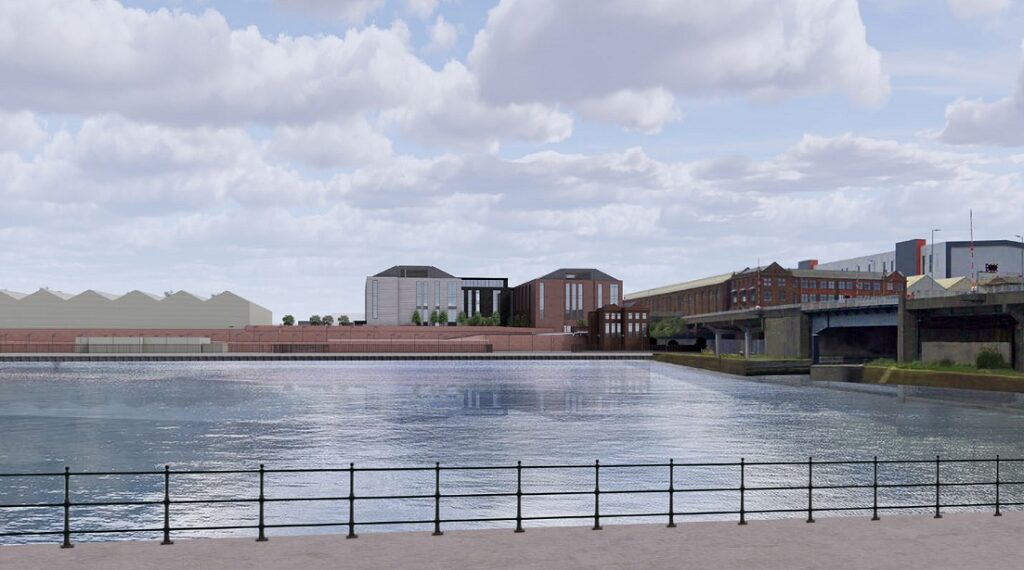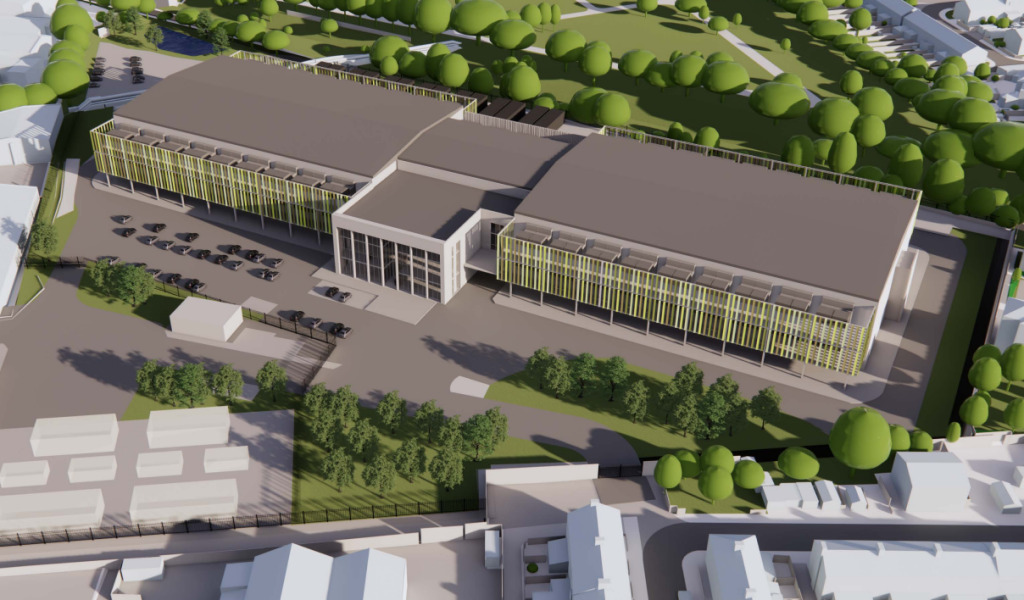Taking co-living tech integrations to the next step
 As a result of the global housing shortage, people everywhere are looking for more cost-effective ways to access quality rental accommodation, writes Logan Nagel of Spaceflow.
As a result of the global housing shortage, people everywhere are looking for more cost-effective ways to access quality rental accommodation, writes Logan Nagel of Spaceflow.
In correlation with that, the co-living trend continues undaunted, a major force in multifamily, with hundreds of beds continuing to be developed across the Americas, Europe, and Asia.
Regardless of where they’re built, co-living portfolios are popular with aesthetic interior design, various amenities such as co-working spaces on-site or event areas, fully-furnished living spaces, flexibility in leasing period and community.
As more high-quality co-living concepts are developed, operators are troubled with growing competition in the marketplace. This makes co-living operators look out for improvements that would make their operations stand out from others and keep their tenants loyal.
Technology is one of the first things that come to mind as a worthy investment to serve that need, as we know that co-living is not foreign to tech integrations at all. But how to take co-living technology to the next level? We spoke to some property players working on this. Here are the two key steps:
1. Make life easier for tenants
As Susan Tjarksen from Cushman & Wakefield says: “Some co-living assets have been built by tech companies because they attract venture capital money and they are fairly well advanced with their tech integrations. Not just turning the lights on, but things like touchless entry, one-touch rent payment, virtual tours, and things like that. The pandemic even forced more traditional residential asset types to start using these tech features that co-living operators were using.”
Mark Bryan, director of innovation and research at M+A Architects, adds to Tjarksen’s points by underlining that access tools which can tell people whether the gym or lounge room is buzzing with activity helps tenants feel that they are part of an active community, instead of always showing up during off-peak hours when no-one else is around.
In addition to that, in flexible, multi-tenant living concepts such as co-living where residents share common spaces such as the kitchen, dining room or gym, solutions such as space reservation systems make daily operations easier both for the property manager and for the tenants.
2. Facilitate communication with technology
Most co-living operators facilitate tenant engagement in some way. Those who stand out facilitate their communities with a tech layer by giving residents easy ways to communicate and plan activities. This particularly works best in larger properties.
Gravity, a co-living operator with buildings across London, benefits from a tenant experience app for that. Gravity’s community manager Alex Jones said: “A tenant app helps with consolidating all communications into one easy-to-track channel, providing the members with a centralised hub of all events, announcements, partner benefits and ticketing needs. Without it, we would be using multiple platforms to organise communications as well as spending valuable time and energy connecting the various software.”
Providing a friendly-feeling resident platform that is separate from the cold-feeling property management platform that many operators use to collect rent can indeed be a big win in itself, giving managers a chance to spread the news about parties, volunteer events, and other activities integral to the co-living experience.
As Cushman & Wakefield’s Tjarksen commented: “I think it’s hyper-important for tech solutions to be user-friendly for the younger generation. Not that they aren’t tech savvy, but they’re very particular about things that are too complicated or too gimmicky. Think about Instagram, which works well because you look at it and instantly know how to use it.”
Lastly, tech tools can help operators find out what their residents really want by integrating polls and feedback features. M+A Architect’s Bryan suggested listening to community needs instead of dictating what amenities and services you think renters need. “How can we engage with our communities so they can tell us what the amenities should be,” he asked, “instead of the ‘flashbang’ top-down amenity planning approach? People want a cool factor from co-living but maybe they want other things, too, like mental wellness retreats. I think you’re starting to see more curated amenities around an idea instead of blanket ones.”
- Logan Nagel is content specialist at Spaceflow





